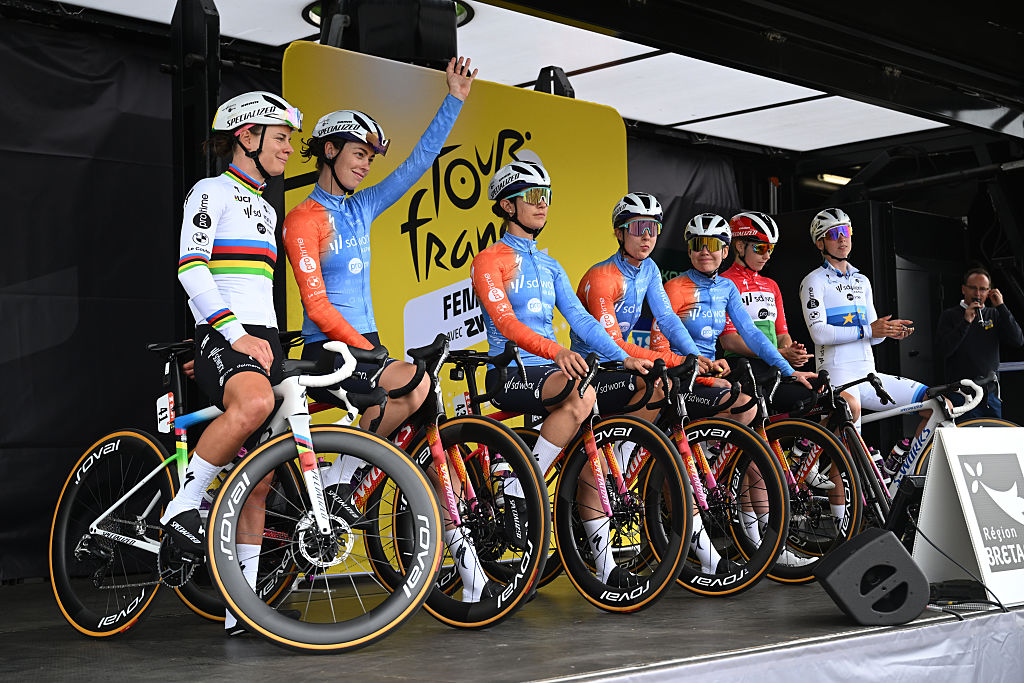Criterium du Dauphine braced for spectacle on Mont du Chat – Preview
A detailed look at the stage 6 climb with Bardet and AG2R
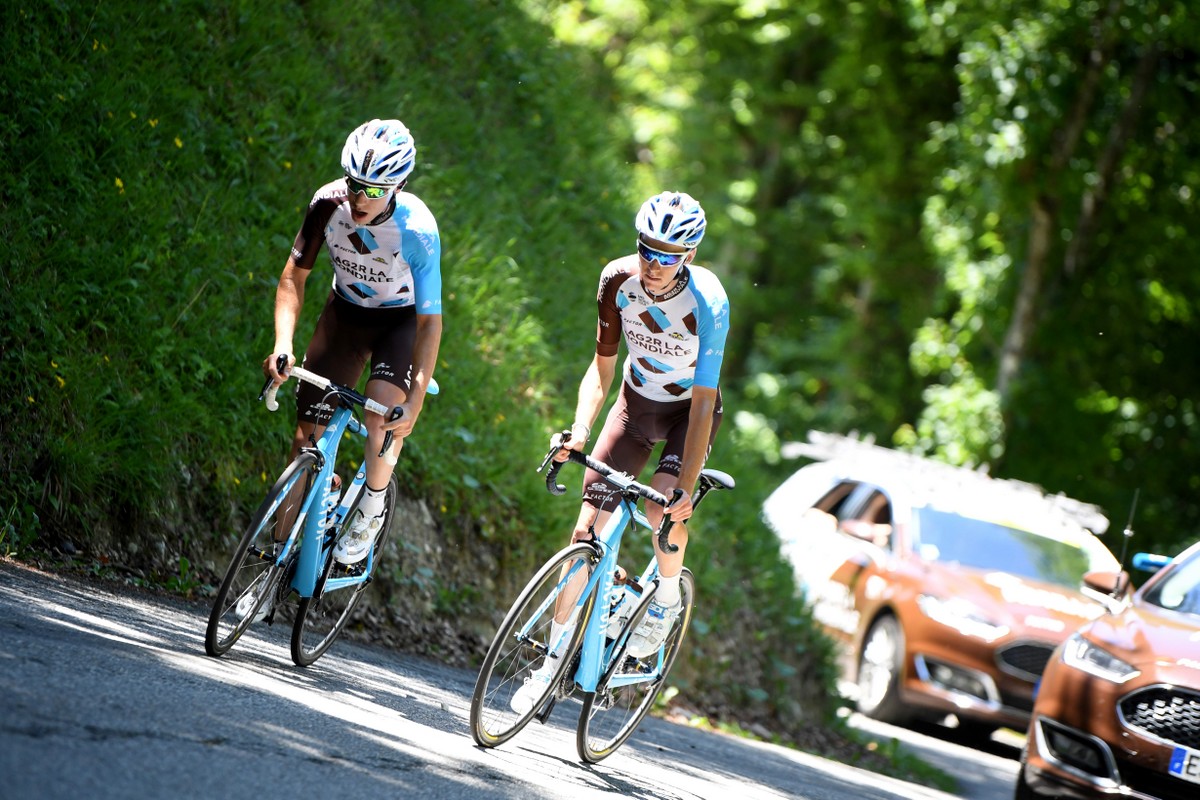

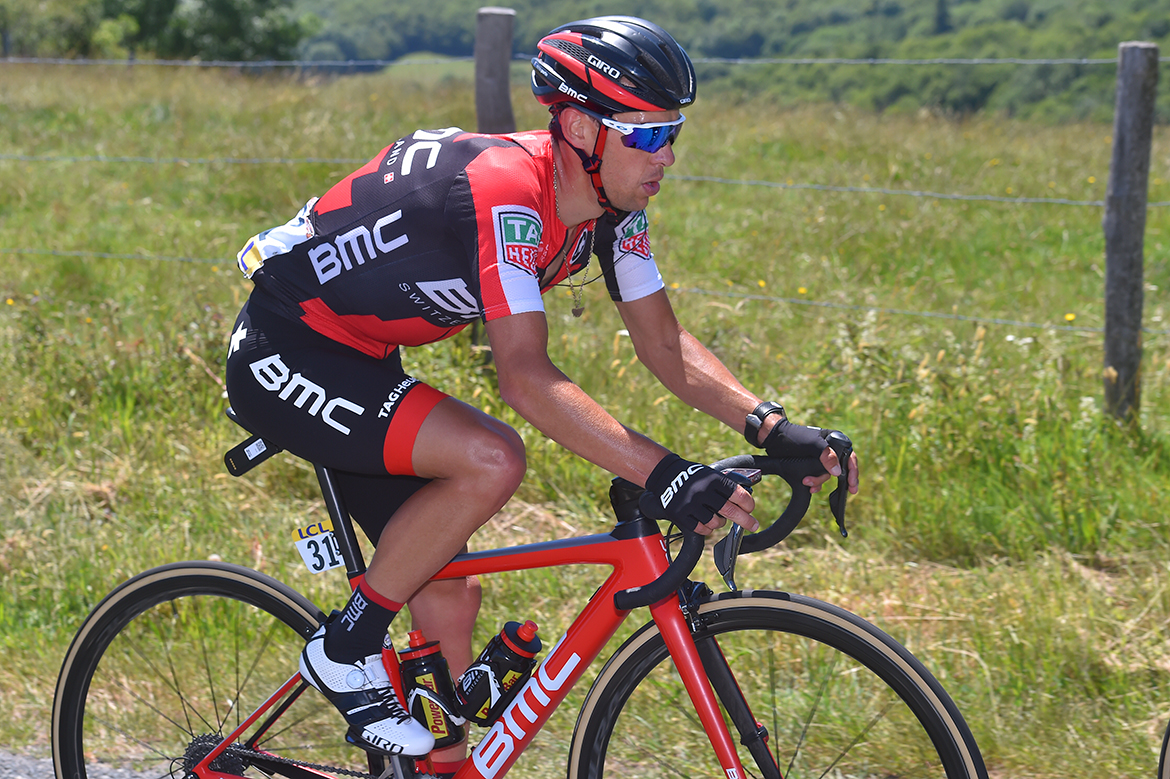
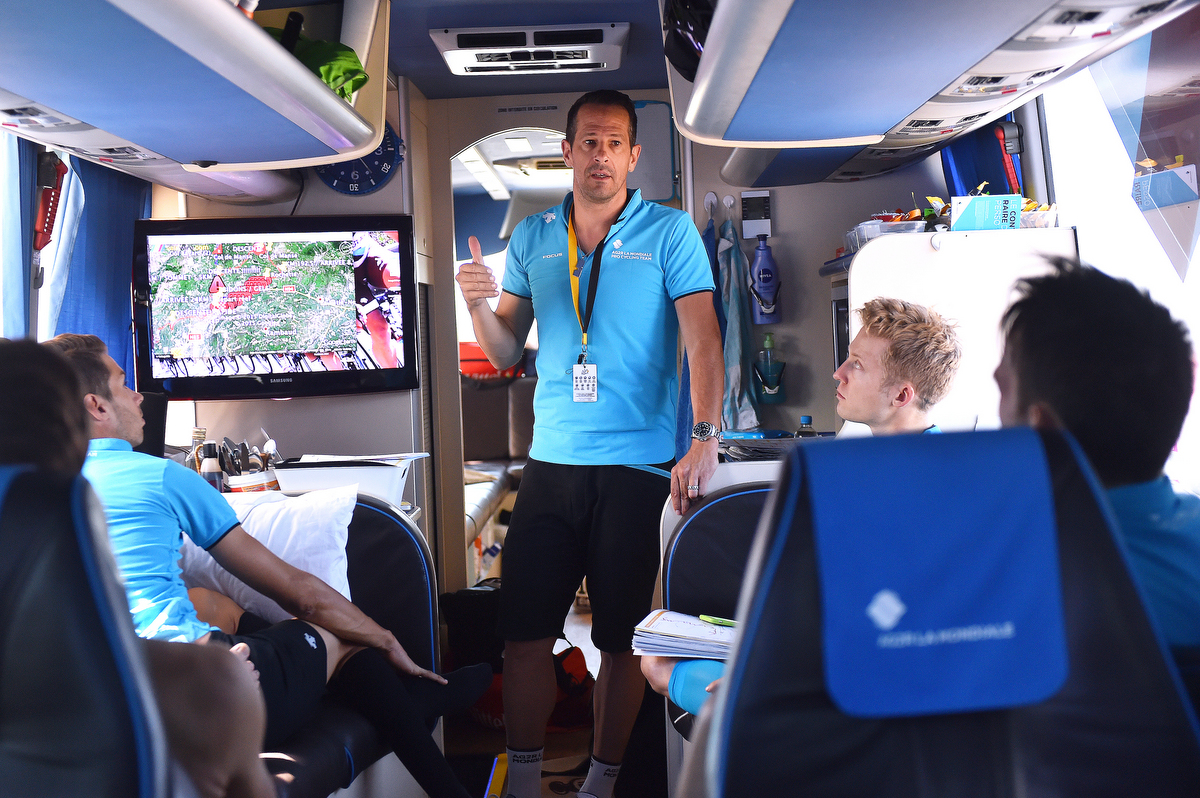
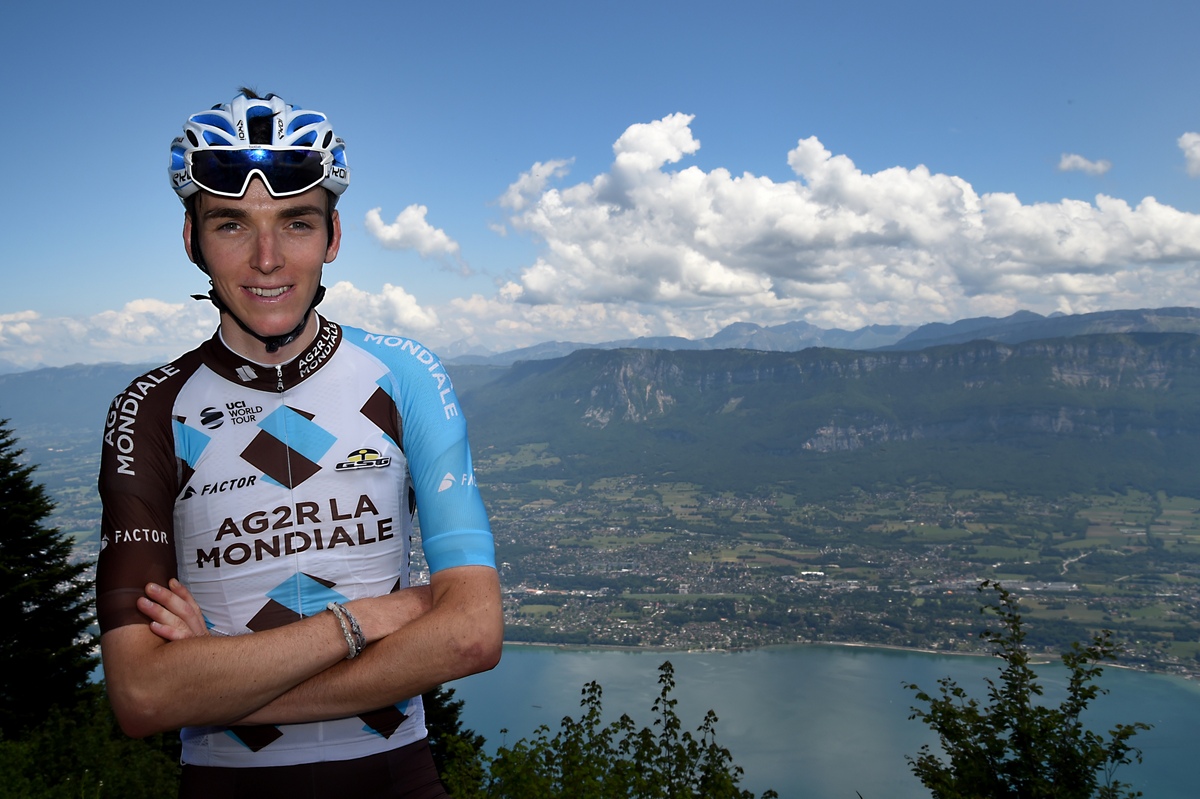
Finally, the mountains. The Critérium du Dauphiné has been marked by sprint stages and breakaways up to this point, but, after the aperitif that was Wednesday's time trial, Friday signals the start of open hostilities between the Tour de France contenders.
Stage 6, from Villars-les-Dombes to La Motte-Servolez, has one glaring focal point: Mont du Chat. A hellish climb on the cusp of the French Alps, 8.7km long with an average gradient of 10.3 per cent, the story doesn't end at its summit, as the riders will also have to negotiate the white-knuckle ride down the other side before they reach the sanctuary of the finish line.
And the significance is two-fold. Not only is this the first of three back-to-back mountain stages that will be decisive in the outcome of the race, it's also a reconnaissance and a dress rehearsal for next month's Tour de France, where stage 9 will replicate almost the exact same finale.
While the Tour stage contains two major climbs before the Mont du Chat, the Dauphiné comes in cold, but the final 50km of the stage are exactly what they'll face in the Tour. Up the climb, down the other side to the Lac du Bourget.
The only difference is that at the Dauphiné the finish line is placed in La Motte-Servolex, almost at the foot of the climb, whereas the Tour stage continues for a further 12 flat kilometre to Chambéry.
The rider and team that know the Mont du Chat better than anyone are Romain Bardet and AG2R-La Mondiale, which is based in La Motte-Servolex. Bardet, along with a few teammates and a couple of members of staff, went out there on a recon last Friday.
"It's a little-known climb on narrow roads, a regular climb but nonetheless one with very steep gradients that never seem to end," Bardet told Cyclingnews on Thursday. "The descent is rapid, again on narrow roads, with technical parts that I know well but are treacherous all the same. It's definitely going to do some damage."
The latest race content, interviews, features, reviews and expert buying guides, direct to your inbox!
Cyclingnews then spoke to with Julien Jurdie, Bardet's closest directeur sportif, for a detailed insight into the characteristics and pitfalls of the Mont du Chat.
"You have to be strong on both parts – you need to do a good climb and a good descent. You can go over the top with a lead of 10 or 15 seconds and finish with a loss of 30 seconds," he warns.
"The approach itself isn't easy. The few preceding kilometres are at four or five per cent so the peloton will already be stretched, and then there's a left-hand turn onto the gradients of eight to 10 per cent. From there it just doesn't let up, and it even gets harder – the last three to four kilometres are brutal, at an average of 12 per cent.
"It's a regular climb – regular but difficult. There are few let-ups. On a climb like that the heat could well be a factor, even if there are quite a few trees that will offer some shade. The riders have been in the big ring all week but tomorrow they'll be using something like a 39-30. That's really unusual, so it's a very interesting stage."
The descent
What goes up must come down, and in this case, the descent of the Mont du Chat is just as – if not more – important than the ascent.
"Above all else, the characteristic of this climb is its descent," says Jurdie.
"There are long stretches of road and the difficulty is that the percentages are high on the way down, too, so you pick up a lot of speed. There are some hairpins but for the most part you have longer stretches, even though it's very sinuous, with the road constantly bending and jinking. There are much more technical descents out there, but what's important on this one is speed – controlling your speed so as to take the right lines through those bends and not make any errors.
"You have to keep your concentration, your lucidity – that's what's going to make the difference here. The riders will all have gone into the red on the climb, so it's about staying lucid so as not overcook it or misjudge a bend.
"Another problem we noted is the sun. There are lots of trees so it's shade-light, shade-light – constantly changing. That affects the vision, and it's difficult to see if the road bends like this or it bends like that. You really have to be careful with the sun."
The GC battle
Thomas de Gendt leads the Dauphiné by 27 seconds from Richie Porte. The Belgian insists he will lose the yellow jersey, and logic would agree, though with just one major climb on the whole stage, and a chance to regain ground on the descent, there's a sneaking suspicion he could give it a good go – this is a rider, remember, who has won on the Stelvio at the Giro and Mont Ventoux at the Tour.
Porte won't be worried about de Gendt as a serious challenger for the overall, and he knows he has a decent buffer over his direct rivals that will force them to take the initiative. Alejandro Valverde sits at 24 seconds, Alberto Contador at 35 seconds, and Chris Froome at 37 seconds, though the Australian's crushing time trial has left a host of other lighter climbers over a minute in arrears.
"Some of the guys who want to do GC have lost a lot of time now so they might have to attack from a long way out," said Porte. "I'm ready for a hectic three days."
While Porte drew another line under his credentials on Wednesday, more question marks gathered above Froome. Whereas the Sky rider would ordinarily put time into each and every one of his rivals, he lost 37 seconds to Porte on Wednesday and was slower than both Valverde and Contador. It marked the continuation of an uncharacteristically anonymous string of performances from the three-time Tour champion, and since each of those titles came after a Dauphiné win, his favourite status for July is looking increasingly shaky.
But one time trial does not tell you how a Tour de France will unfold. And, even if we've waited a long time for them, the mountains will provide a far more reliable litmus test – as well as having a far greater impact on the overall complexion of the Dauphiné itself.
"We really need to look at the Dauphiné as a whole," Portal told Cyclingnews on Thursday. "We have three big days in the mountains on Friday, Saturday and Sunday, and that's when we're really going to see where exactly he is with his state of form."
And then we come back to Bardet, the Tour de France runner-up who flopped in the time trial to a greater extent than Froome, and now finds himself 1:53 down on Porte with, in his words, a "very complicated" situation on his hands.
Yet this is a stage that screams Bardet, a pure climber and a master descender who has shown time and again he's not afraid to take risks and take the race on, and who knows the Mont du Chat better than anyone else in the peloton.
With plenty to prove after an underwhelming start to the season, the Frenchman won't need any encouragement – in fact, it may be the opposite.
"We all know the descending qualities of Romain," Jurdie said. "We're even going to have to give him the message to still be careful, because you can lose everything on a descent like that."
All things considered, the Mont du Chat is full of unknowns. The one certainty, according to Jurdie? "There will be a spectacle."
Patrick is a freelance sports writer and editor. He’s an NCTJ-accredited journalist with a bachelor’s degree in modern languages (French and Spanish). Patrick worked full-time at Cyclingnews for eight years between 2015 and 2023, latterly as Deputy Editor.

